The Payer and Payvider model positions healthcare organizations with greater access to data, including clinical, operational and financial data. But without the proper analytics tool to aggregate and contextualize this data, these organizations are left without a single source of truth, attempting to connect data manually across multiple disparate systems.
The Salient Health platform connects data across multiple systems and sources to provide insight across all aspects of Payer and Payvider organization. Salient Health empowers Payers and Payviders to proactively manage patient health and care delivery while understanding the financial impact of care.
Payers and Payvider networks have experienced rapid growth over the last several years with no indication of slowing. This integrated approach requires healthcare organizations to focus on effective coordination between the payment side and care delivery, to optimize financial incentives to manage risk, deploying value-based care principles and increasing care quality standards.
The Payer and Payvider model positions healthcare organizations with greater access to data, including clinical, operational and financial data. But without the proper analytics tool to aggregate and contextualize this data, these organizations are left without a single source of truth, attempting to connect data manually across multiple disparate systems.
The Salient Health platform connects data across multiple systems and sources to provide insight across all aspects of Payer and Payvider organization. Salient Health empowers Payers and Payviders to proactively manage patient health and care delivery while understanding the financial impact of care.
Realize more value from your data
![]()
Manage patient health proactively
![]()
Identify trends and improve forecasting
![]()
Optimize processes and policies
![]()
Realize more favorable patient outcomes
![]()
Reduce costs and operational burdens
![]()
Improve care management and coordination
Where performance-focused healthcare organizations turn for insight
Optimize your payer and provider data across your Payvider organization with Salient Health

Understand and accurately account for risk
- Realize a deeper understanding of potential risk by uncovering the evidence needed to effectively score risk with insight into trends related to disease prevalence, medical adherence and access to care
- Analyze diagnosis and treatment codes to quantify opportunities of risk on a deeper level, identifying high-risk patient cohorts to understand intervention impact and resource consumption
- Manage operational risk to optimize care costs with insight into chronic care management and downstream care utilization
Optimize care coordination and delivery
- Monitor detailed care quality metrics to optimize value-based care. Analyze the impact of preventative interventions, medical adherence, and hospital readmissions to recognize care gaps and inform optimal care delivery processes
- Enhance care coordination with insight into obstacles to care delivery, transition of care workflows and care interventions
- Coordinate care effectively for patient cohorts with high disease prevalence such as chronic kidney disease (CKD), congestive heart failure (CHF) and diabetes or high-cost care usage such as emergency room visits and readmissions

Optimize your payer and provider data across your Payvider organization with Salient Health

Understand and accurately account for risk
- Realize a deeper understanding of potential risk by uncovering the evidence needed to effectively score risk with insight into trends related to disease prevalence, medical adherence and access to care
- Analyze diagnosis and treatment codes to quantify opportunities of risk on a deeper level, identifying high-risk patient cohorts to understand intervention impact and resource consumption
- Manage operational risk to optimize care costs with insight into chronic care management and downstream care utilization

Optimize care coordination and delivery
- Monitor detailed care quality metrics to optimize value-based care. Analyze the impact of preventative interventions, medical adherence, and hospital readmissions to recognize care gaps and inform optimal care delivery processes
- Enhance care coordination with insight into obstacles to care delivery, transition of care workflows and care interventions
- Coordinate care effectively for patient cohorts with high disease prevalence such as chronic kidney disease (CKD), congestive heart failure (CHF) and diabetes or high-cost care usage such as emergency room visits and readmissions

